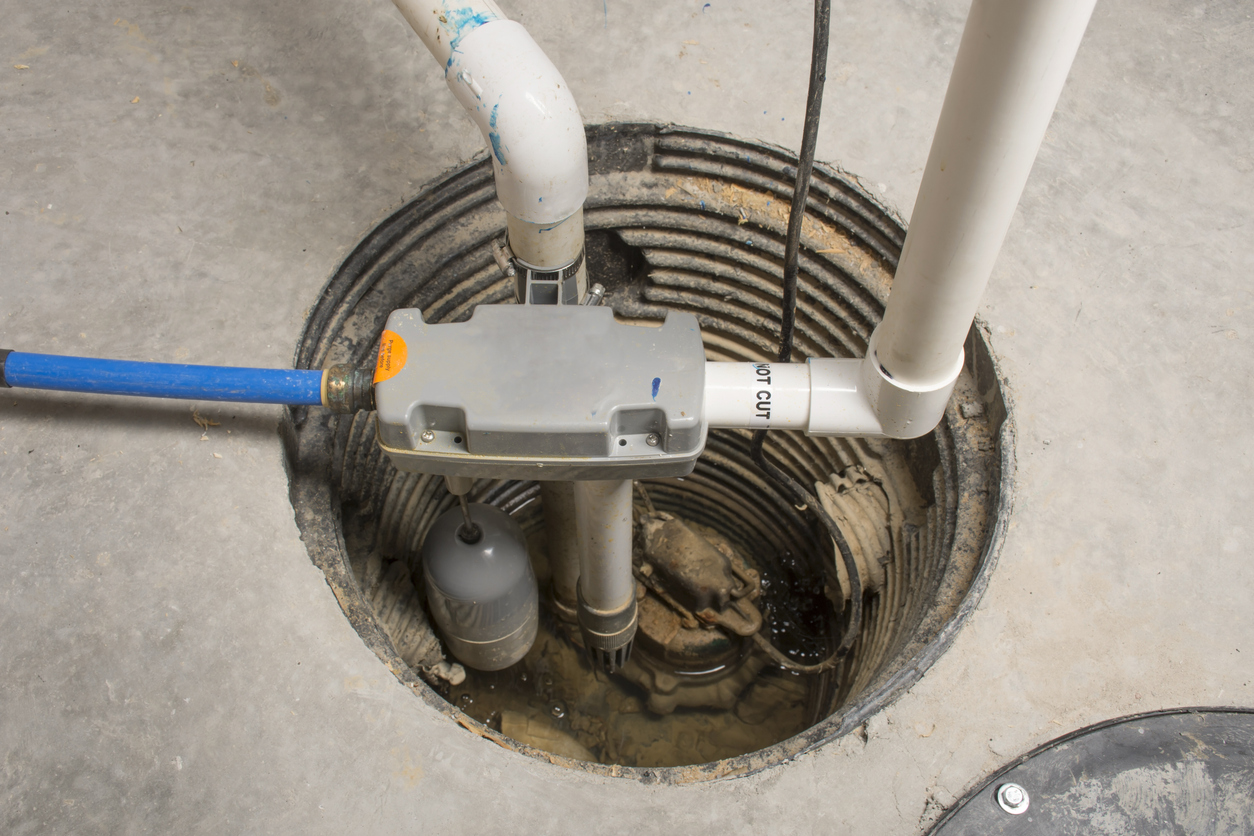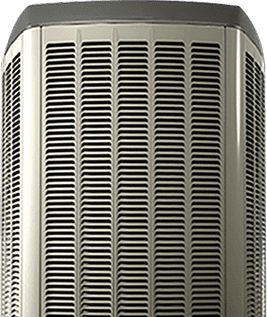How do I know if I have a sump pump?

How do I know if I have a sump pump?
A sump pump is a specialized tool used to pump extra water away from the foundation of your house to keep it out of your basement. When the water level rises, or there are periods of prolonged rainfall in your area, these circumstances are disastrous for your underground living quarters, leading to costly repairs.
Join Dunn Heating as we take a look at the science behind sump pumps, the types of pumps available, and why owning one can significantly improve your home’s ability to withstand flood damage. Keep reading for more information!
Signs Your Home Has a Sump Pump
If you’re unsure whether your home has a sump pump installed, here are a couple of ways you can tell:
The basin or sump pump pit:
· A tiny, usually circular hole dug at the lowest elevation of your basement floor is known as a sump pump pit or basin. It functions as the primary location where extra water is gathered. To avoid flooding, the pit has a pump that turns on when the water level rises to push the water away from your home.
· Look for a rectangular or round hole in the floor of your basement. It could have a detachable lid that opens to expose the actual sump pump.
A discharge pipe:
· An essential part that transports water from the sump pump to a set spot outside your basement and home is known as a discharge pipe. By making sure the pumped water is properly released from the foundation, this pipe keeps the water from leaking back into the basement to cause water damage like flooding.
· Look on the outside of your home to determine if there is a pipe coming out of the foundation. The pipe’s tip should point away from the property, ideally emptying water into a safe spot where it won’t cause harm or into a drainage system located on the ground somewhere.
A sump pump cover:
· A sump pump cover is a protective lid that seals the sump pump pit, minimizing the possibility of accidents and keeping debris away from your basement floor. It also aids in minimizing the absorption of water that has been collected and keeps smells from permeating into your living space.
· Inspect your basement for a cover or cap over the sump pump pit. It could be constructed from plastic, metal, or other durable material.
Why a Sump Pump is Important for the Value of Your Home
Even though a sump pump may not be the most aesthetically pleasing component of your house, homeowners should not undervalue its value. The following explains why installing a sump pump can have a big impact on your home:
· A sump pump is vital in preventing water damage to your basement and foundation.
It reduces the possibility of mould growth and other problems that could jeopardize the integrity of your house by effectively draining surplus water from your property.
· Sump pumps are quite beneficial for homes in flood-prone areas. A properly operating sump pump functions as a first line of defence, keeping your basement dry and lowering the possibility of expensive flood-related damages.
· Over time, a home’s framework may deteriorate due to constant exposure to water. By keeping water out of the house and away from the foundation, walls, and floors, a sump pump helps preserve the foundational strength of your property.
· Mould and mildew thrive in damp conditions. These can cause allergies and respiratory problems among your family members, posing major health hazards. A sump pump makes a living area healthier by keeping the surrounding air dry.
· You can feel comfortable knowing that your house has a dependable sump pump system each time it rains in your area.
How to Service Your Sump Pump Periodically
Now that you understand why having a sump pump installed in your home is beneficial, it’s also important to mention that, like any other home appliance, your pump requires periodic maintenance over time to keep it working correctly and effectively. Here is what you can do:
1. Visual checks
Perform vision checks on your pump regularly. Make sure the pump, sump pit, discharge line, and valve are in good working order and that the sump pit is clear of any debris. If there is debris, clean it with a shop vac.
2. Inspect the pump
To turn on the pump, pour water into the sump pit. Ensure that it starts quickly and eliminates water effectively. The pump may require maintenance if it struggles to drain water or does not activate.
3. Clear the cover
Clean your sump pump’s screen to avoid obstructions that can block water flow.
4. Check the discharge pipe
Look for any kinks or obstacles in the discharge pipe. To stop water from returning to the basement, make sure it distributes water away from the foundation.
5. Battery
Check your sump pump’s battery backup to make sure it will continue to run in the event of a power outage.
Even though these actions are crucial, expert assessments conducted by respectable businesses like Dunn Heating and Air Conditioning are just as crucial. Our plumbers are skilled in spotting any problems, conducting thorough inspections, and suggesting required maintenance or replacements when needed. Ongoing maintenance and expert inspections guarantee that your sump pump is ready to handle any water-related issues, giving you peace of mind and maintaining the value of your house.
Need Help with Your Sump Pumps? Call Dunn Heating Today!
For sump pump repairs, maintenance, or installations, homeowners can count on Dunn Heating. We’re available for repairs and maintenance 24/7/365 days a year, including after-hours, weekends, and holidays at no extra cost. Same-day emergency repairs are also available. Furthermore, you might be eligible for municipal incentives to reduce the cost of your sump pump installation!
Dunn Heating and Cooling operates throughout Brantford, Burlington, Ancaster, Brant, Campbellville, Dundas, Kitchener-Waterloo, Cambridge, Caledonia, Flamborough, Guelph, and the surrounding communities.
If you live in these neighbourhoods, book your sump pump appointment with Dunn Heating today!
